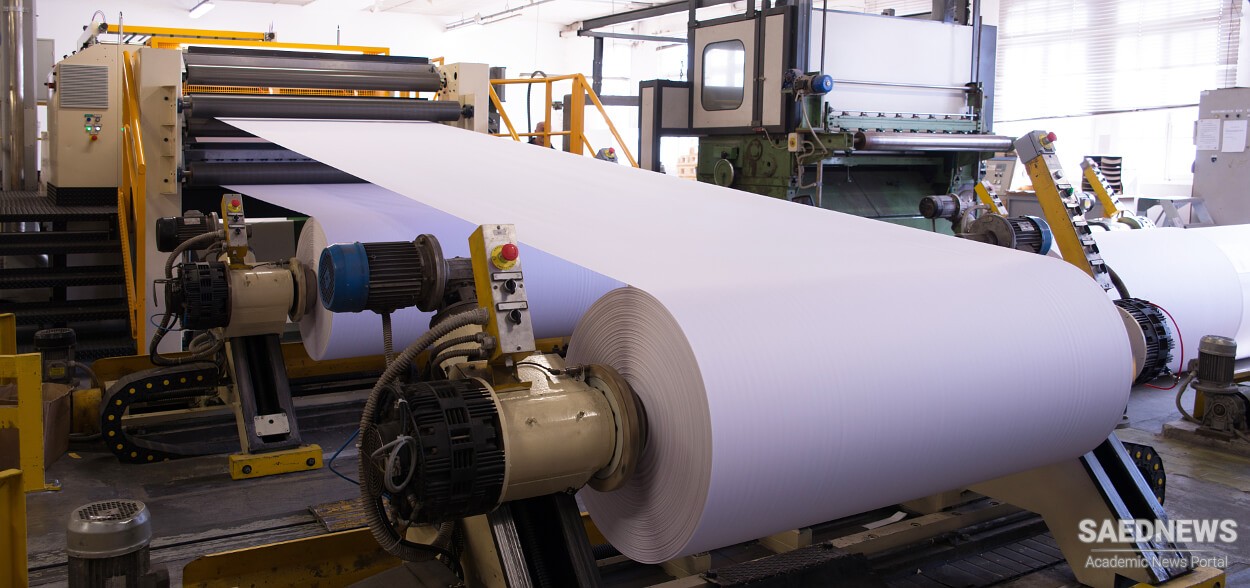Linen was boiled in lye, washed and laid out in the sun for a few weeks. This was repeated several times, until a final treatment with sour buttermilk. The whole process took six months, and a good deal of space, for which the rent was an appreciable cost.
Cotton took up to three months to bleach. Around the middle of the eighteenth century, sulphuric acid was substituted at the ‘souring’ stage, which was thereby reduced to a matter of hours. Then, in 1774, the Swedish chemist Carl Wilhelm Scheele discovered chlorine, among many other substances of fundamental importance, and noted its bleaching properties, but it was Claude Louis Berthollet who in 1785–6 experimented in the practical use of chlorine for bleaching. The method was quickly taken up in England, Scotland and continental Europe.
The gas was first prepared by the action of sulphuric acid on manganese dioxide. Water was then saturated with the gas and cloth was bleached by soaking it in the heated chlorine water. This dangerous process was still in use in 1830, but better methods soon came in. The chlorine was dissolved in alkaline solutions, to give hypochlorites, which were safer to handle. More widely used was Charles Tennant’s bleaching liquor from 1798, made from chlorine and limewater. A year later this was converted into solid bleaching powder, which is used to this day.
Between 1866 and 1870 the Weldon and Deacon processes for producing chlorine began to supersede the earlier methods, and in turn gave place to the electrolysis of fused sodium chloride (salt). For materials such as wool and silk that are damaged by chlorine, sulphur dioxide was the normal agent. The only additional agent for bleaching has been hydrogen peroxide, discovered by Louis Jacques Thenard in 1818. It was usually prepared by the action of dilute sulphuric acid on barium peroxide.


 Abu Sahl 'Isa ibn Yahya al-Masihi
Abu Sahl 'Isa ibn Yahya al-Masihi














































